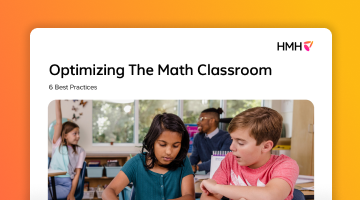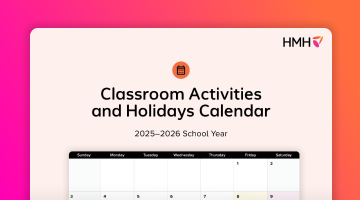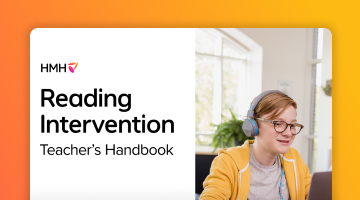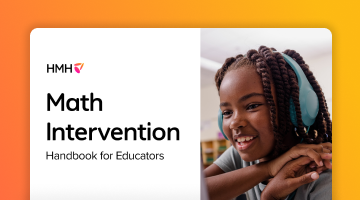
The activities below are about counting techniques, the Law of Large Numbers, and mutually exclusive and overlapping events. Each activity is provided as a lesson plan that can span a full math period.
Materials:
- Each lesson has an answer sheet that provides guidance, a description of the key concept, and questions from the lesson. You or students can use this sheet to check answers.
- The student sheet can be printed and completed by the student, or the student can write the answers on a separate document.
- Paper and pencil
- Number cube (you can borrow one from a board game)
- Graphing calculator or online random number generator
Activity 1: Counting techniques
An essential skill for understanding probability is being able to count the number of possible outcomes of an experiment. Use this lesson to learn useful counting techniques, including the counting principle and the formulas for permutations and combinations.
Activity 2: Simulations and the Law of Large Numbers lab
Math class can have labs, too! In this lab, students begin by estimating the probability that a randomly generated three-digit number contains at least two matching digits. Then, students will design a simulation to compare the theoretical probability to the experimental probability. Be sure to review the activity sheets in advance; they include references to CDs, DVDs, and radio stations, which students may be unfamiliar with.
Activity 3: Mutually exclusive and overlapping events
When two subsets of a sample space have no elements in common, the corresponding events are mutually exclusive events. When two subsets have at least one element in common, the corresponding events are overlapping events. In this lesson, students will find the probabilities of mutually exclusive, overlapping, and complementary events.
***
Engage every student in Grades 9–12 with Into Algebra 1, Geometry, and Algebra 2, our core math curriculum that supports learners in developing conceptual understanding and procedural fluency.
This blog, originally published in 2020, has been updated for 2025.
Be the first to read the latest from Shaped.












